Engagement and Understanding: The First Step in Assessment and Action
The group of mothers sitting in the sun in a village in north India was happy to chat. We talked about children and about their school. “Are they going to school?” I asked. “Of course,” said the mothers proudly. Some went further to say, “we even send them for private coaching after school.” “How are they doing with their education?” The common word for education in Hindi is the same as reading-writing. The chatter stopped. One mother looked at me sternly and said, “How do we know? We are illiterate. Anyway, that is the business of the school and of the teachers.”
For decades it has been assumed that schooling leads to learning. This is the assumption that has been widely held by parents and practitioners, policymakers and public. It is also assumed that “more is better”—more years of schooling are better than less. It is only recently that the world is beginning to realize that schooling does not necessarily lead to learning. For many in India and in other countries, at ground level and at higher levels, this is a new learning. Accustomed to years of measuring inputs and expenditures, the switch to measuring outcomes—especially learning outcomes—is new and still unfamiliar. We are just beginning to figure out how to think about learning beyond, and in addition to, schooling.
Going to school is visible. Parents, communities, and public officials can see children going to school. Governments and donors have been obsessed with counting that. But now that in many countries most children are in school, it is time to make learning equally visible. We need to demystify learning for mothers, fathers and family members—especially those who are not literate or do not have much schooling—and make it possible to see what learning looks like. Parents work hard to send their children to school. And once they are in school, parents assume that children must be learning. In many cases, parents are unable to assess if their children are making adequate progress, especially in the early years. In later years, faced with report cards and examinations which give results in grades, scores, or percentages, it is hard to understand exactly what they stand for. Parents can easily discuss issues of access to schooling and debate and argue about inputs and entitlements that their children are supposed to receive as a result of going to school. But conversations focused on learning are neither easy nor automatic. Learning is thought to be the preserve of “experts;” specialists and educated people like curriculum designers and teacher trainers are the ones who can and will think about “learning” and take decisions.
But look at the reality. Take India for instance. The latest Annual Status of Education Report (ASER) report shows that just under half of all children who are in their fifth year of school can read simple stories at grade 2 level. So, with 100 children in grade 5: 50 can read at basic grade 2 level (or higher), but 17 are still struggling with recognizing letters; another 14 can read basic words but not more; 21 can read simple sentences but cannot cope with longer text. How can such a huge gap remain invisible? Given these realities on the ground, what, then, can be the most useful and visible form of assessment that can help people in understanding and facing whether children are learning? How can the assessment lead to the next level of action for improving the situation? Remember that India has over 200 million children of elementary school age. If even half are not learning even at a basic level, it is a crisis of mammoth proportions.
Household-Based Assessments of Basic Learning
Almost fifteen years ago, we in Pratham—an Indian NGO that believes that every child should be in school and learning well—realized that without learning to read (and to understand) a child simply cannot move ahead in school or in life. This realization forced us to rethink our priorities and refocus all our efforts in helping children to learn to read and to do basic arithmetic. We came up with a basic set of reading tasks—letters, common everyday words, four connected sentences, and a short simple story. Before starting to teach, we sat one-on-one with each child to see what the child could read. The tool helped us to get to know each child, to group children by level for instruction, and to facilitate appropriate activities and reading materials for children at each level. Further, the tool and the method of testing enabled parents to see and understand the situation and get ready for what was needed to be done to help them. The highest level of the tool—a story with second grade-level text—also showed parents and teachers what the goal of the reading program was. The business of “learning” had seemed complex and opaque, but the simple tool made reading visible to common eyes.
For the last nine years, this basic reading tool and its arithmetic counterpart has formed the core of ASER. In this annual household survey based exercise, a representative sample of children from every rural district in India is asked to read, to recognize numbers and to do simple operations. The survey generates estimates at district, state and national levels for basic reading and arithmetic. It is perhaps the largest household-based annual generation of data on basic learning anywhere in the developing world. Other countries have adapted and transplanted this model; today there is ASER in Pakistan, Uwezo in East Africa, Jangandoo in Senegal and Bekungo in Mali. These are all similar initiatives to bring the issue of basic learning to the center of discussions in education policy and practice.
In doing this work we have learned some simple, straightforward and strong lessons. First, if a child cannot read, there is no point in giving him or her a pencil-and-paper test. In countries where many children are still struggling to read, the only way to understand what they can do is by sitting with each child, one-on-one, listening to them trying different reading tasks. Second, if we are interested in improving life for every child, if we are focused on ensuring that every child has foundational skills, then there is only one place to go to find all children: their homes. If we will only assess children in school, then we risk not seeing many children and their condition. We may make learning visible for some children, but the invisible children will be those who are not enrolled in school, those who do not attend regularly, and those who are going to schools which are not listed in official databases. These are the children who likely need help the most. By carrying out assessments in school, we will in effect ensure that such children stay out of sight.
Up until now, donor agencies, governments and traditional testing organizations have been the main players in this field. Most testing has been done in schools using pencil-and-paper methods. Often assessments are grade or age-based, analysis is done by experts, and results are communicated to high-level decision-makers. Usually tests start well into primary school and early grades or basic skills are not assessed. It is assumed that children are able to read and understand written instructions. These approaches for measurement of children’s learning have evolved from developed country settings where there has been universal enrollment for decades, regular attendance in school, where schools are well regulated, and where children’s current learning levels match more closely to the curriculum expectations. In such countries, discussions about children’s learning are not new. Finally, these testing models have also been developed in contexts where measurements are routinely done and understood, not only in education but in other sectors as well.
In recent years, there has been a growing recognition by global education actors of the importance of measuring learning in a way that is responsive to national contexts and local needs. The Learning Metrics Task Force (LMTF), which I co-chaired in its first phase, acknowledged that meeting global demands for data requires multiple methods of assessment, including household surveys. The task force also recommended that teachers, parents, civil society organizations, and governments work together to examine the available options for assessment and decide on a strategy for measuring learning that meets national needs first and foremost.
There are many challenges that lie ahead as countries begin to focus on children’s learning. The challenge is to understand the depth and scale of the problem in learning and then to figure out “what works” to improve learning on scale. Let us not go into this new massive challenge with our eyes closed. Let us look at all children clearly. Let us help parents and teachers see the huge gaps in learning between expectations and perceptions on one hand and reality on the other. The world must get ready for new paradigms for assessing learning that are bound to emerge from these contexts. For governments and citizens alike, the journey from schooling to learning has just begun. There is still a long way to go from understanding that there is a real and huge crisis in learning to a stage where effective solutions can be delivered in a sustained manner.
The afternoon sun is fading in the village. School is over and the happy sounds of children returning home can be heard everywhere. The group of mothers calls out to their children. One mother says to her 10-year-old daughter, “Take out your book, read for me what you learned in school today.”
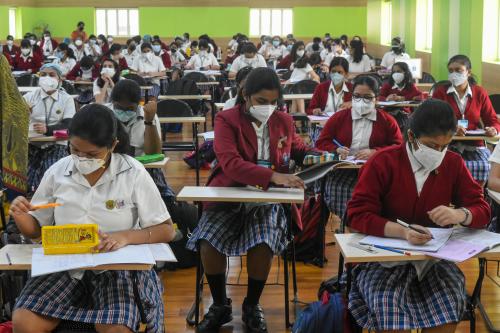
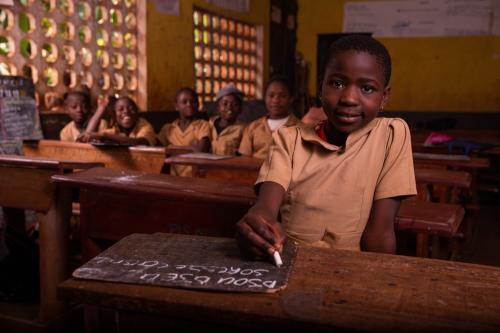
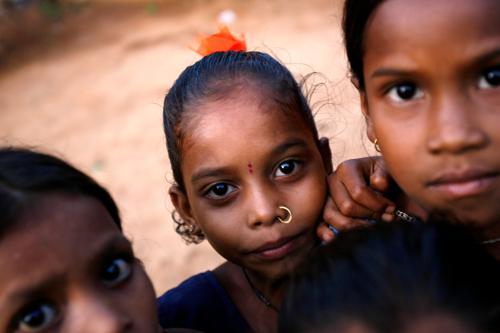
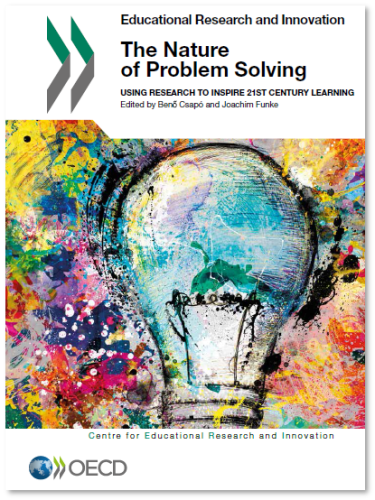
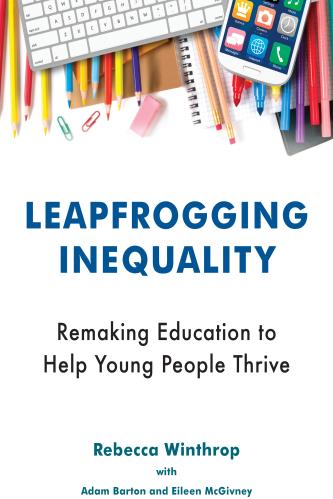
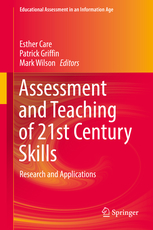
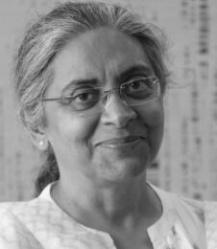


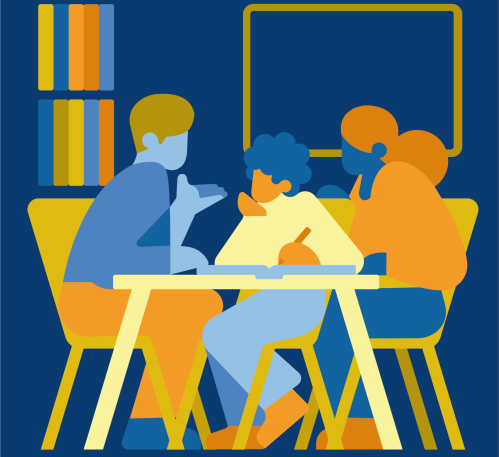
Commentary
From Invisible to Visible: Being Able To “See” the Crisis in Learning
May 22, 2014